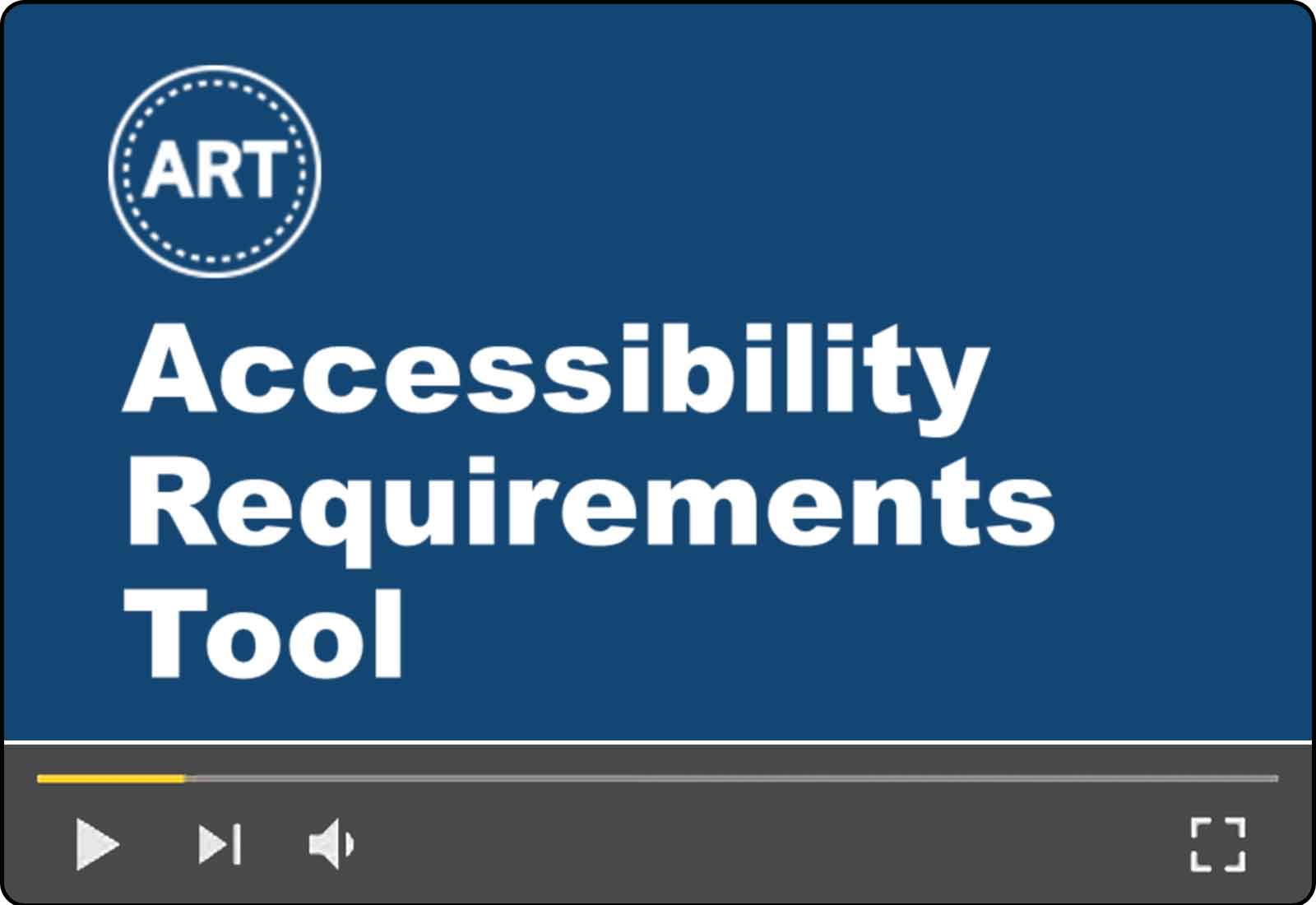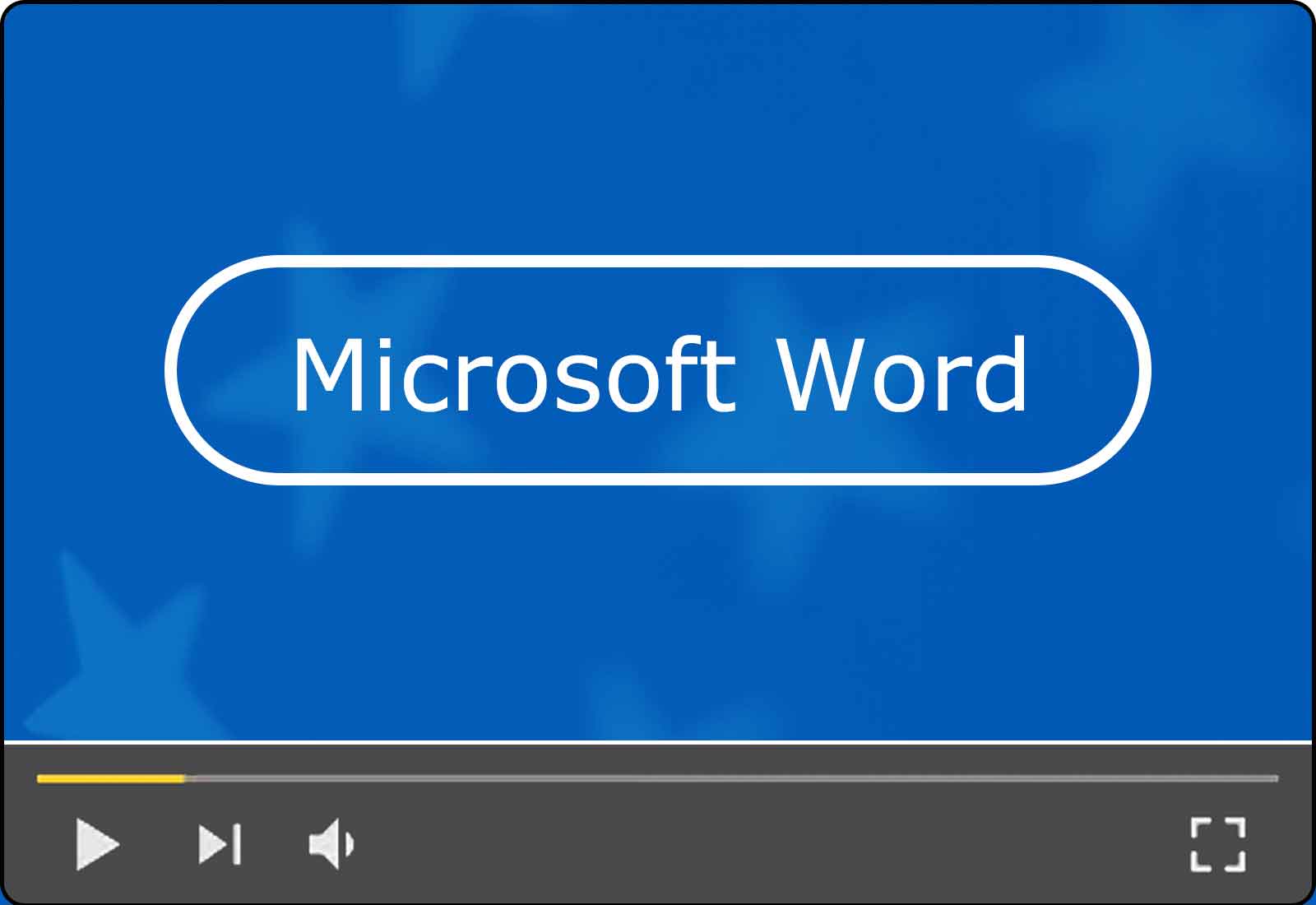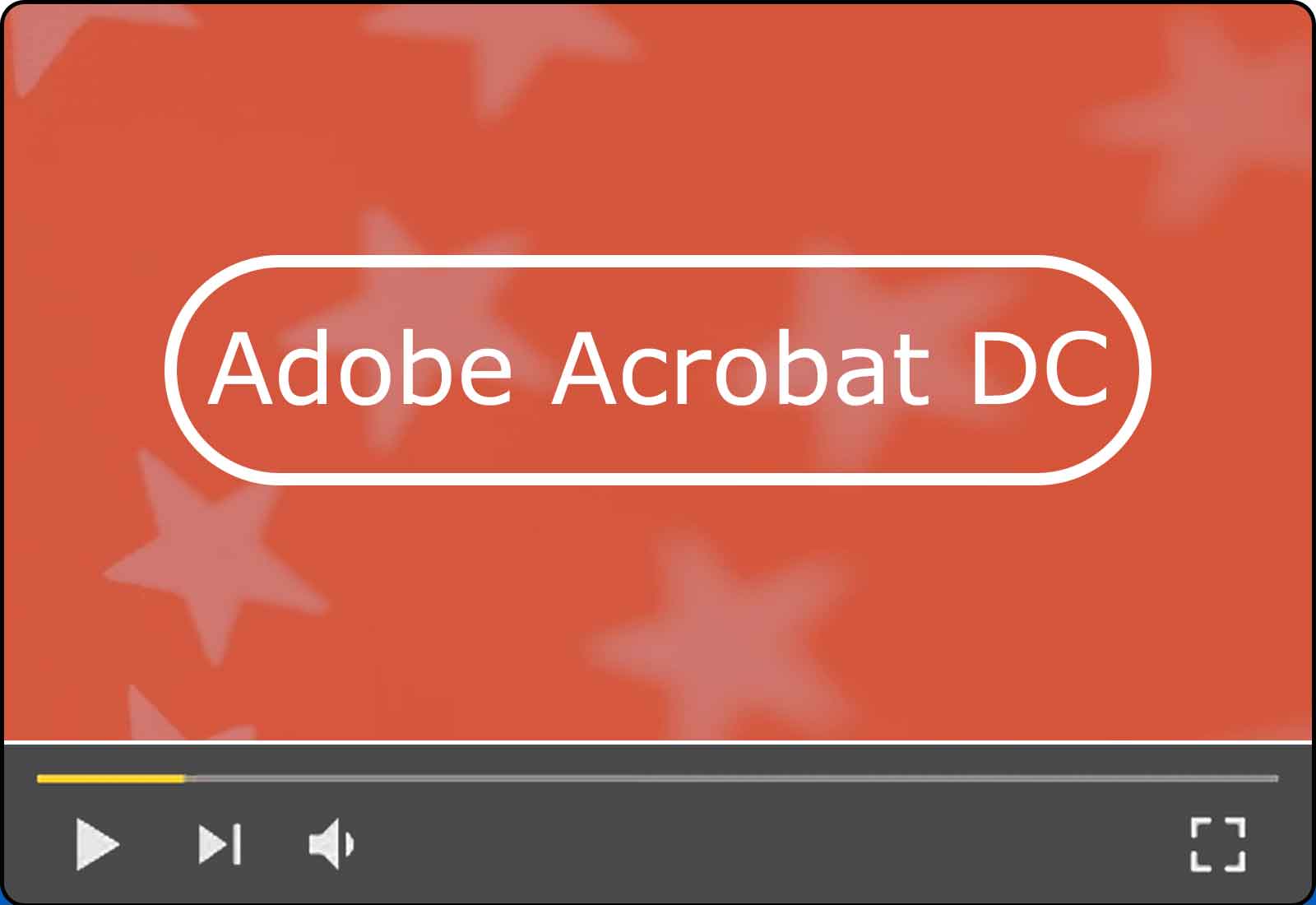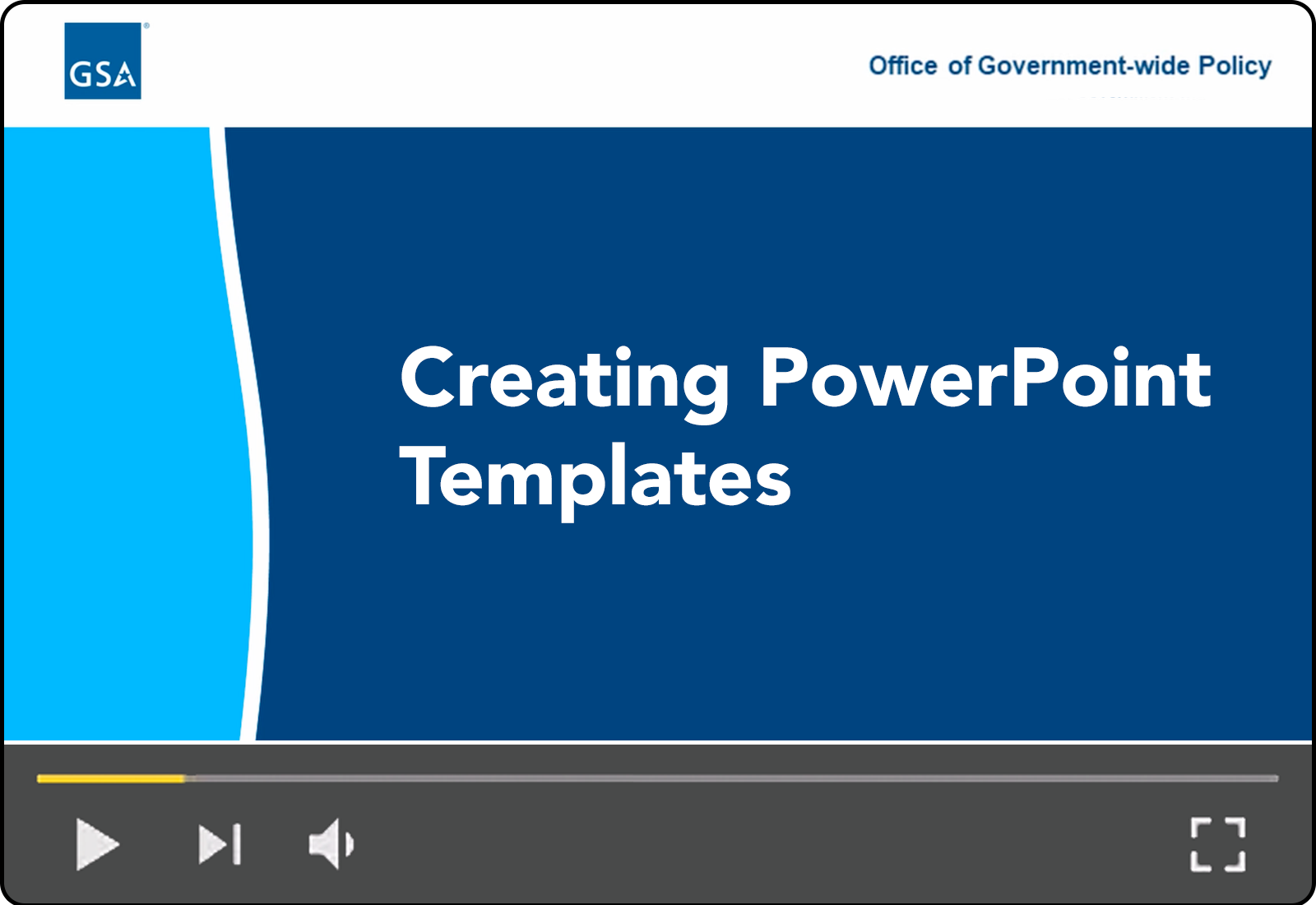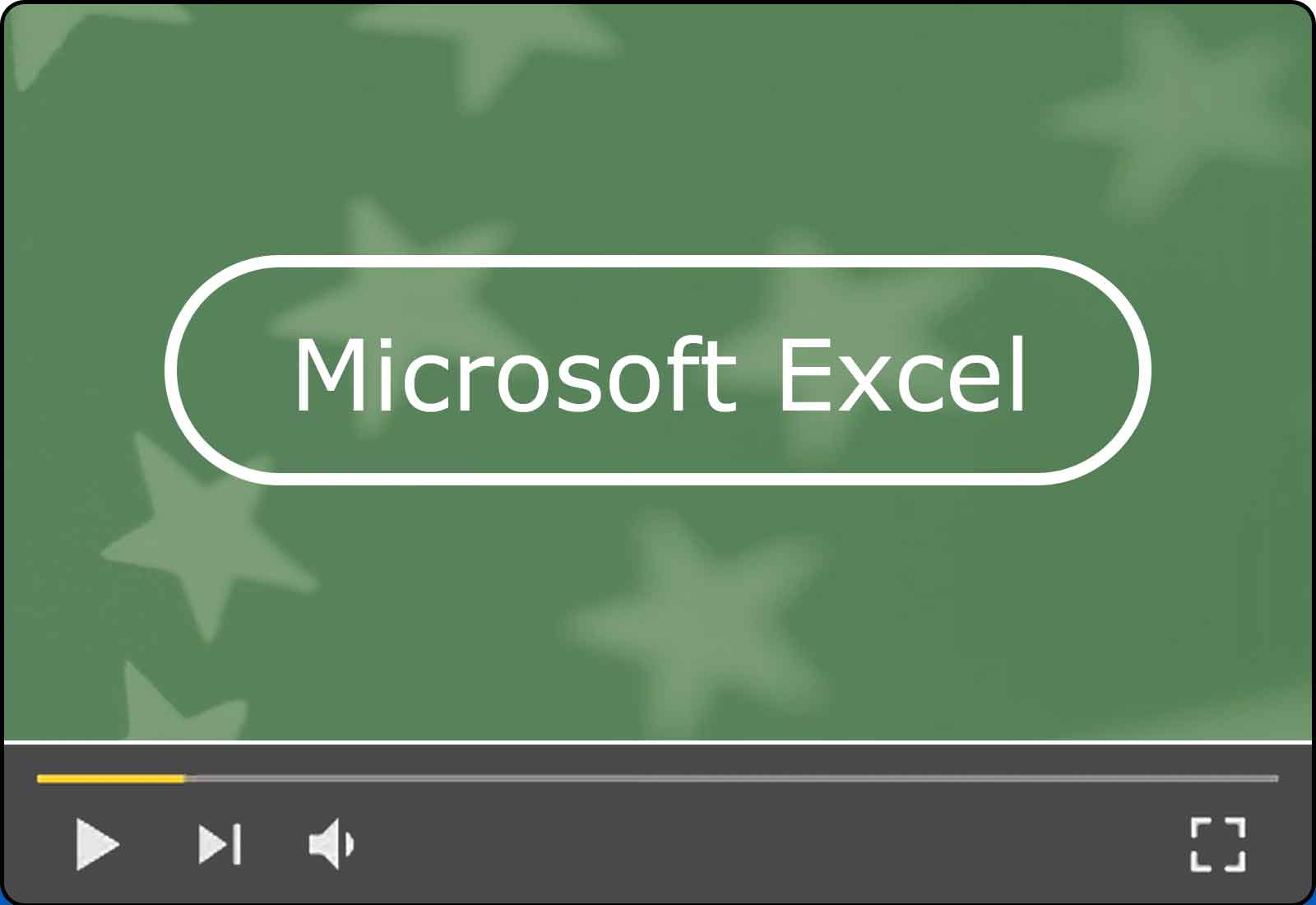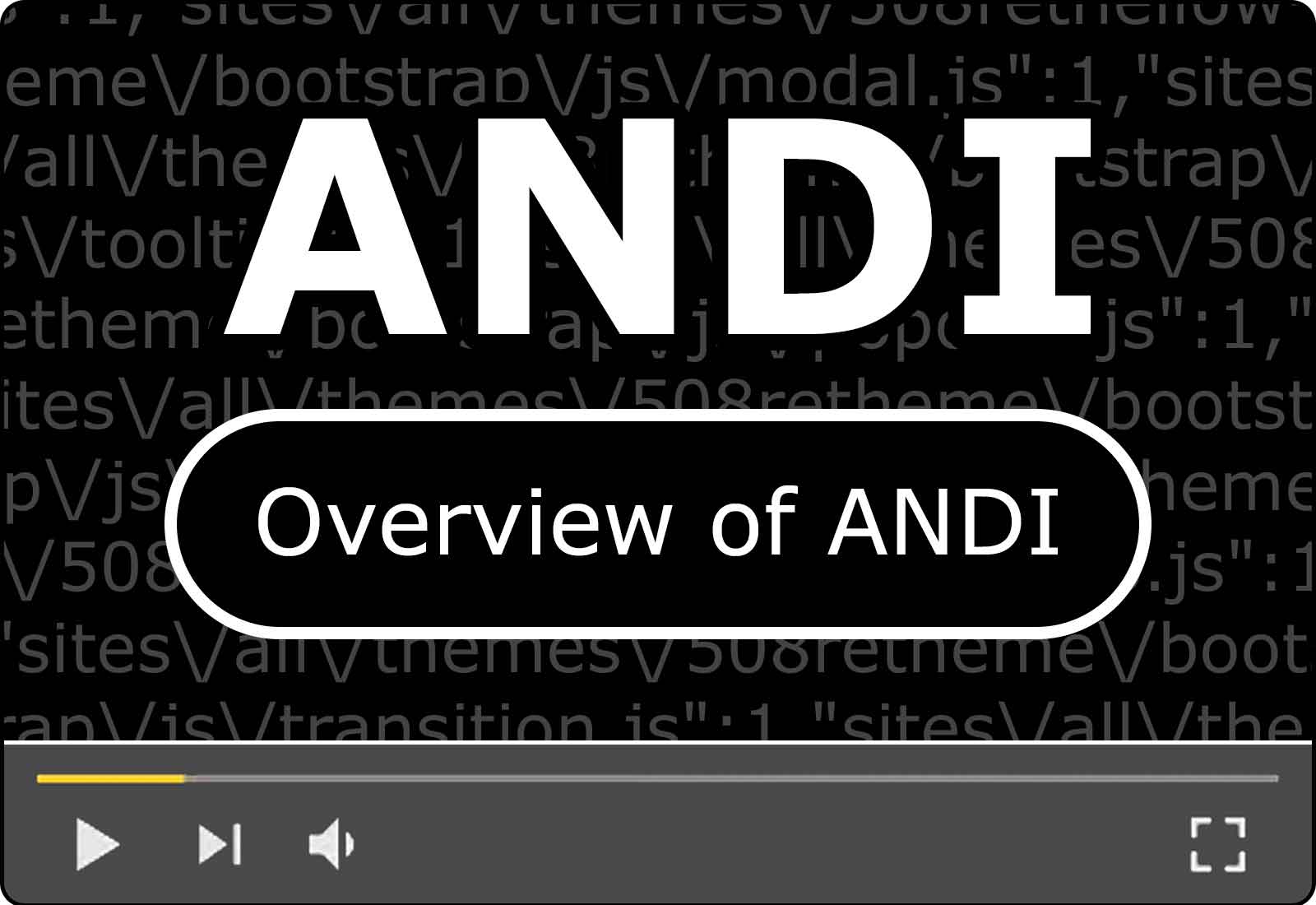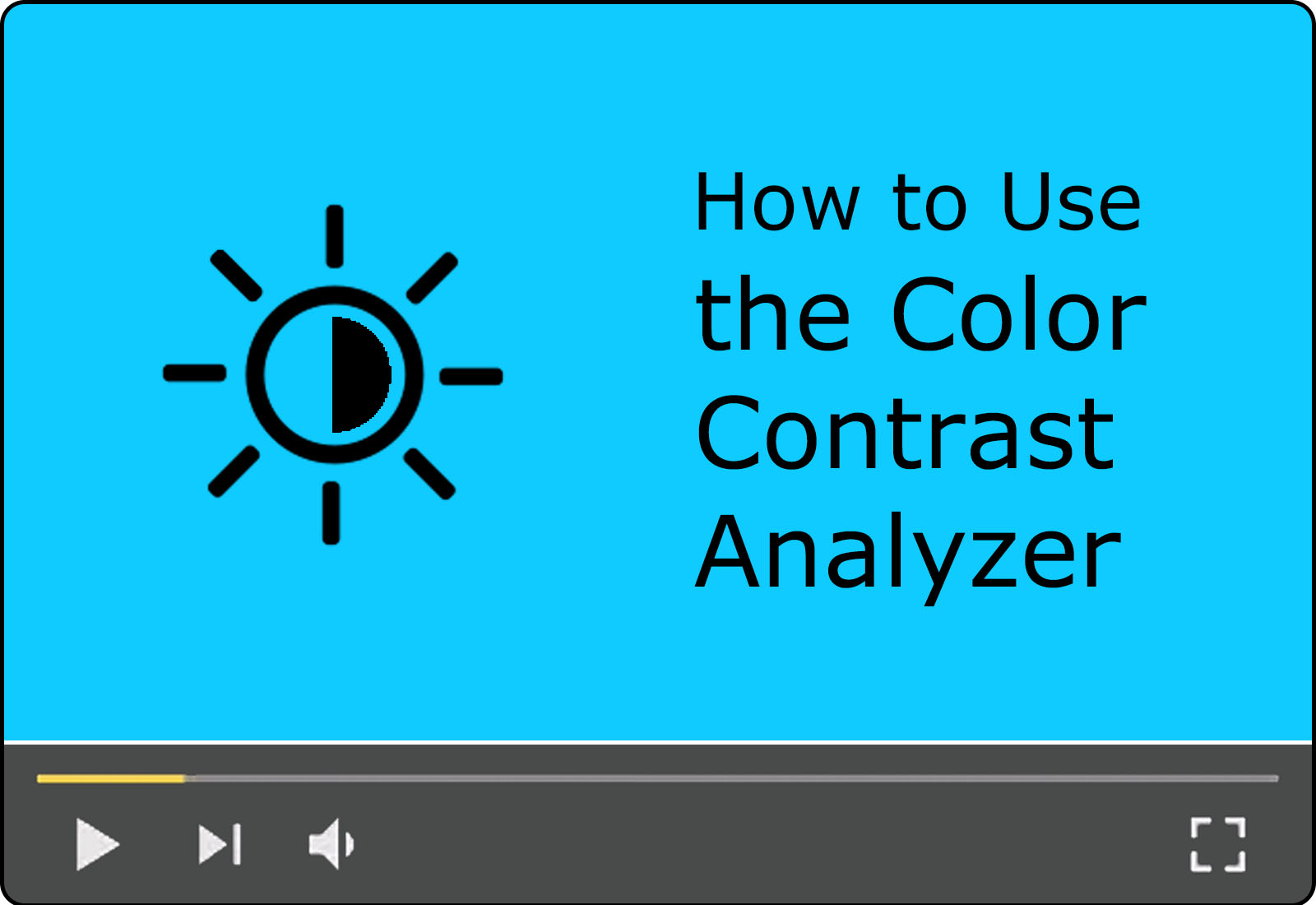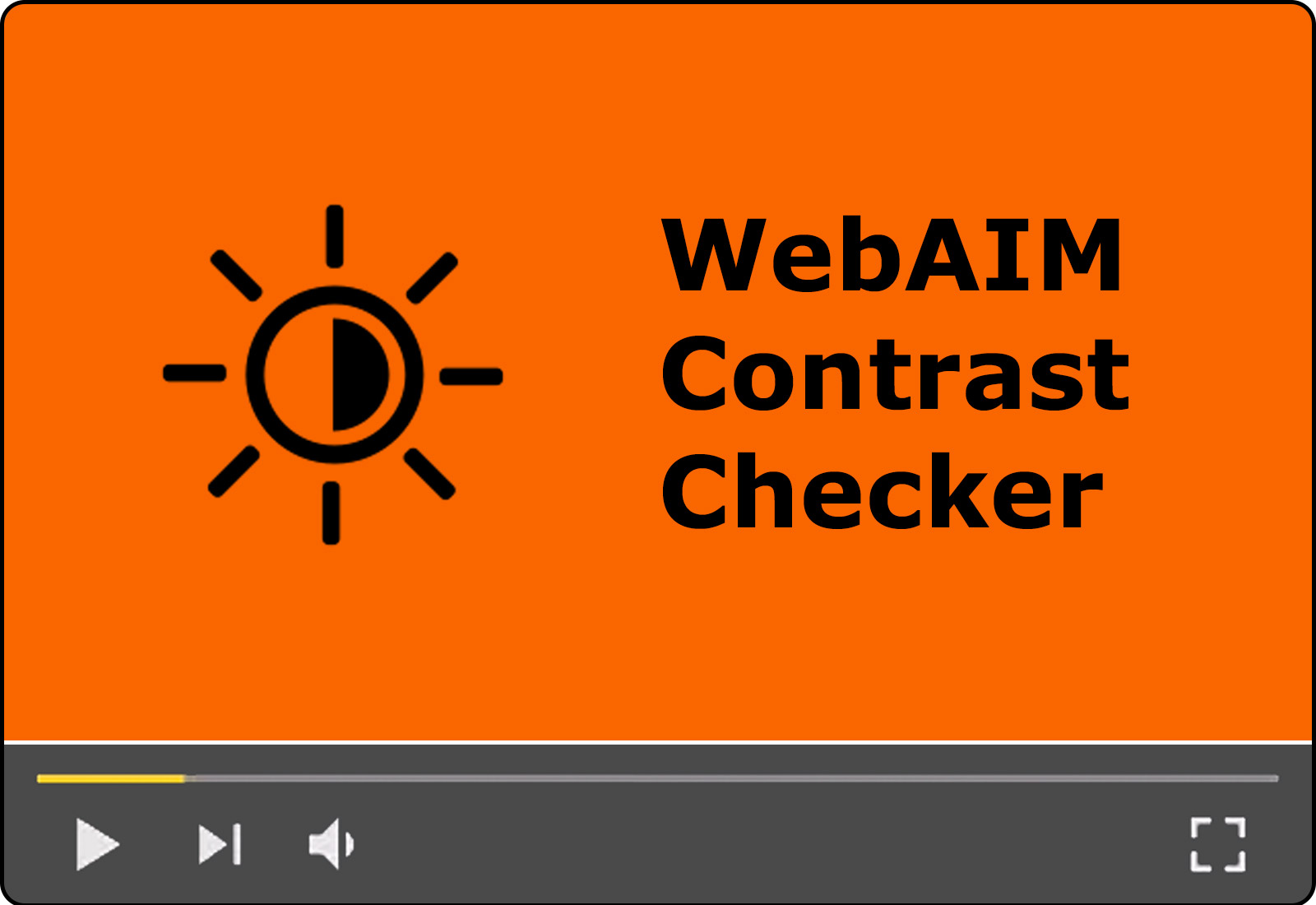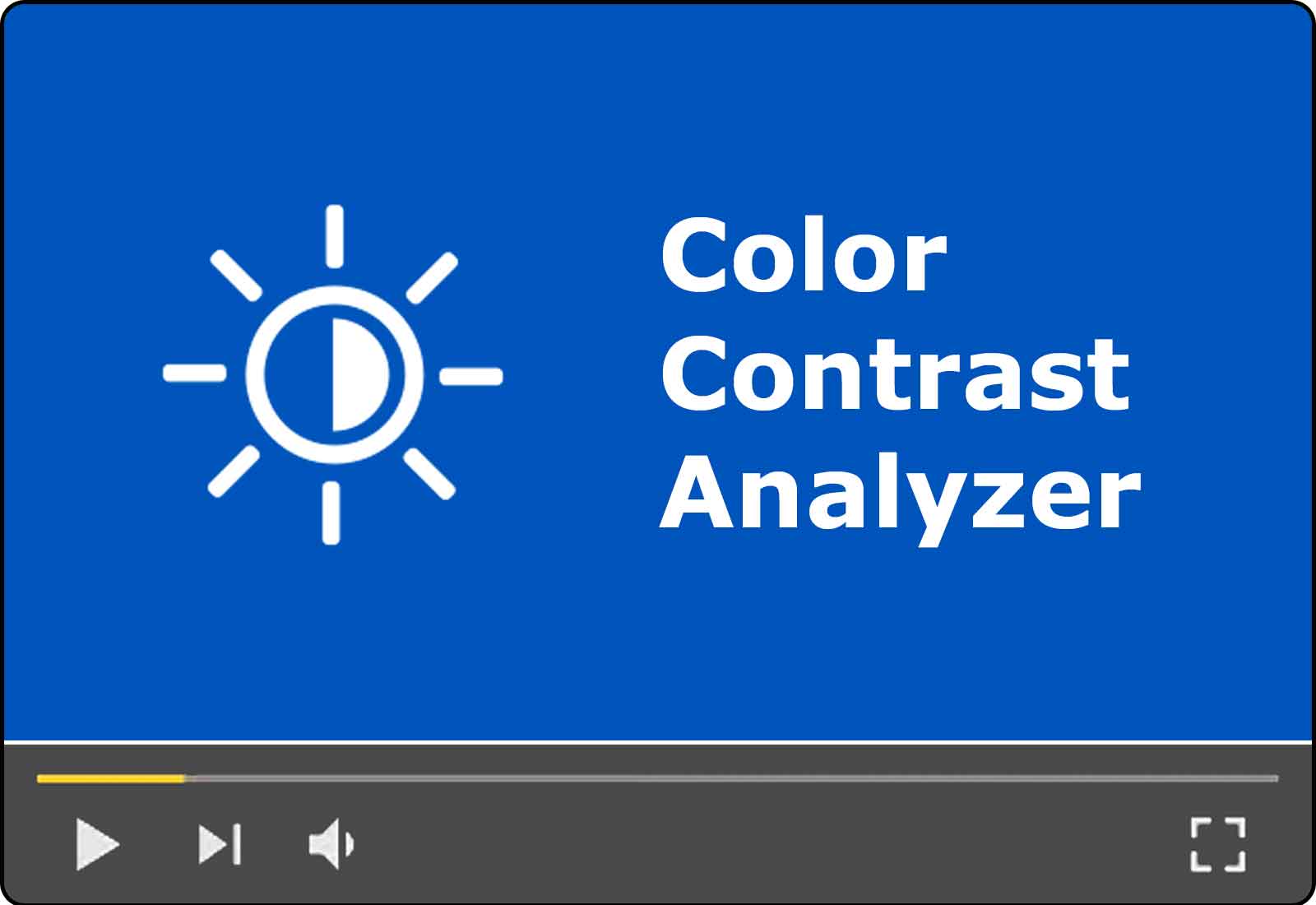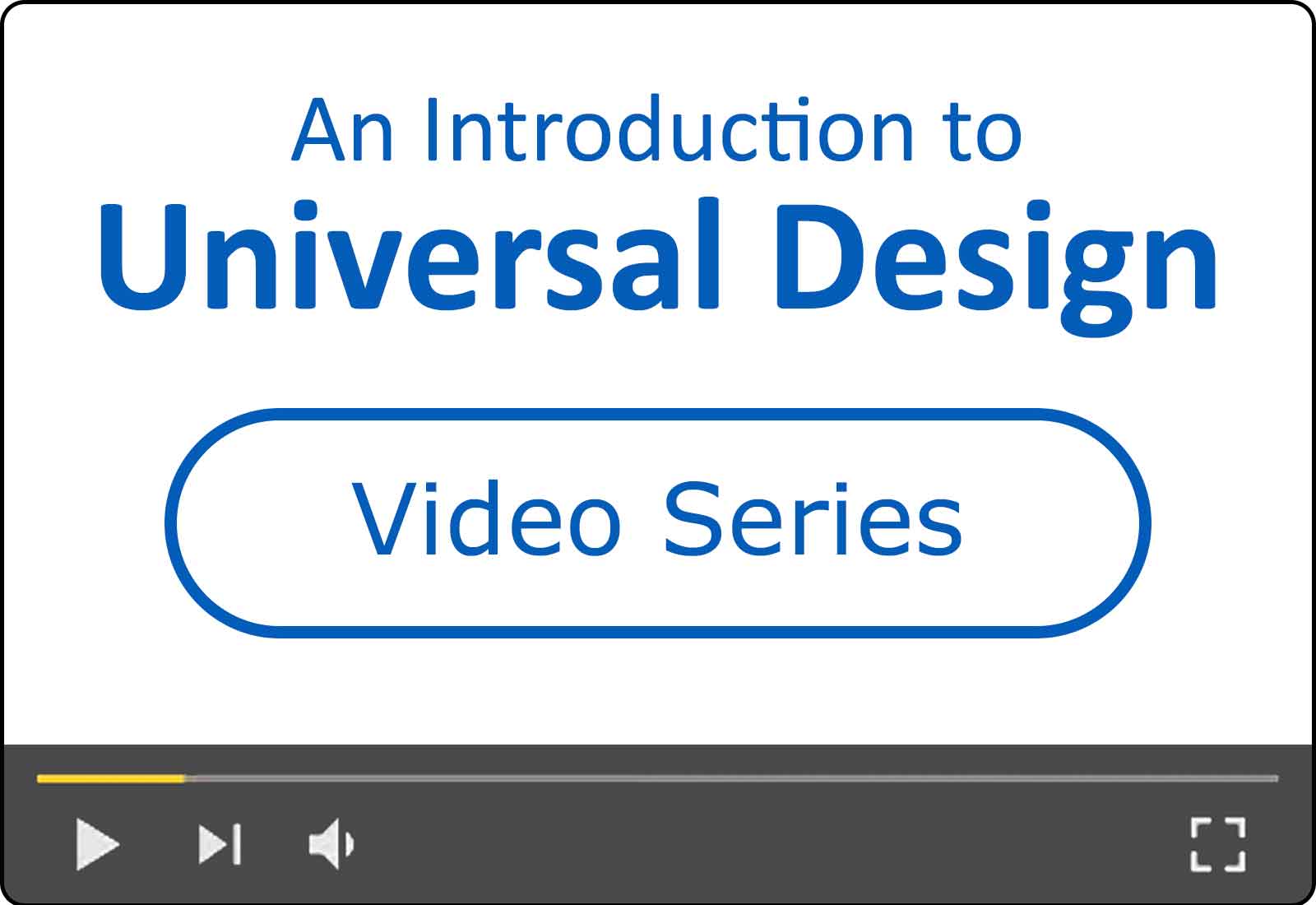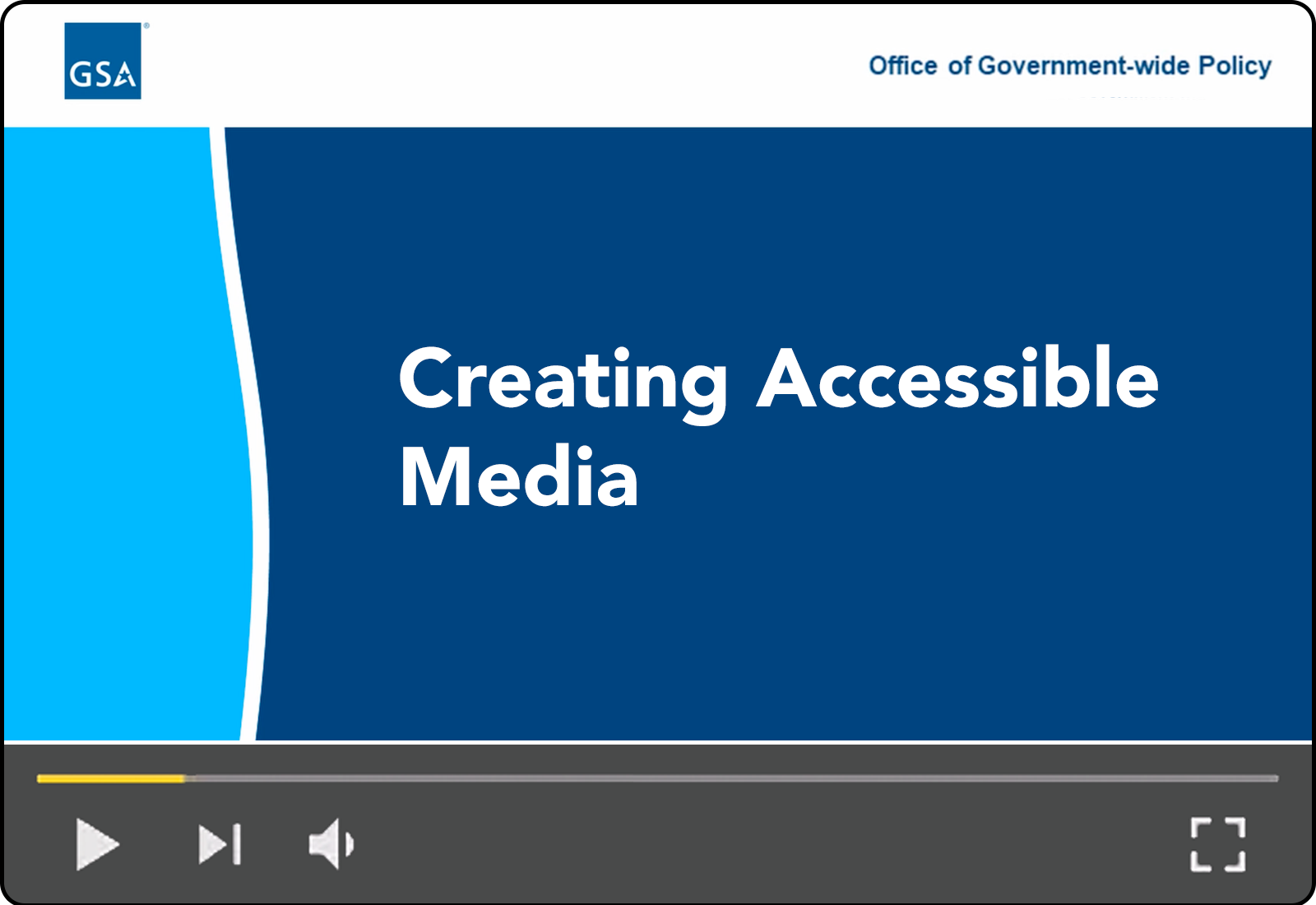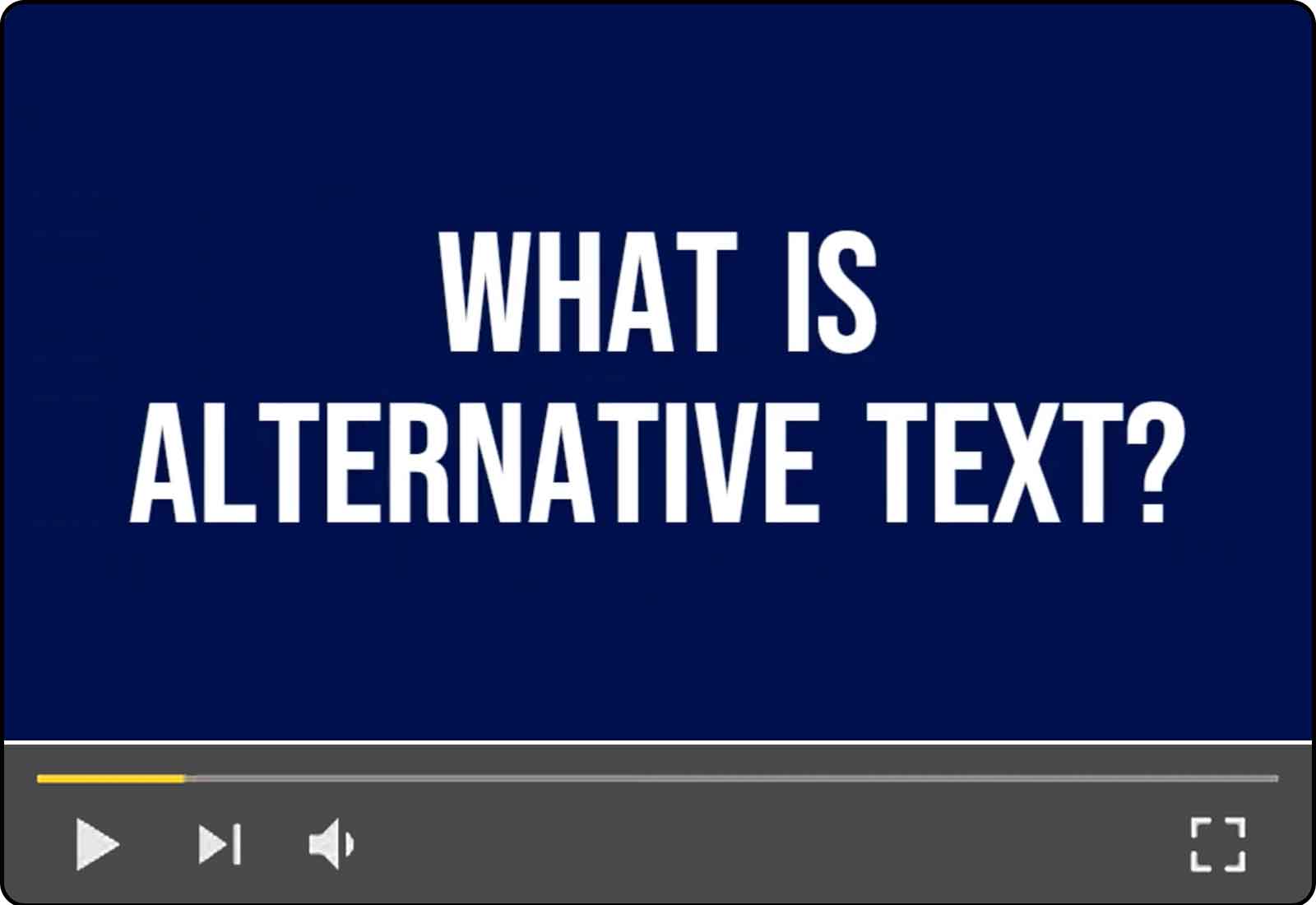The courses listed below are intended to improve your understanding of IT accessibility, and Section 508 law, and help you produce digital tools and content that conform to the Revised 508 Standards.
Online Training Courses
The following self-paced courses provide an overview of key aspects of IT accessibility. (Note: Some of these courses are also available through the Federal Acquisition Institute (FAI). If you need to earn Continuous Learning Points (CLPs) to meet annual training requirements, we recommend you take designated courses through FAI.)
Earn Continuing Learning Points (CLP) for Digital Accessibility Training
The Federal Acquisition Institute (FAI) offers three of our online training courses that allow you to earn Continuing Learning Points (CLP) and receive a downloadable certificate, supporting your Federal Acquisition Certification (FAC):- Course ID: FAC 047 | Micro-Purchases and Section 508 Requirements
- Course ID: FAC 049 | Section 508: What Is It and Why Is It Important?
- Course ID: FAC 056 | Procuring Section 508 Conformant ICT Products and Services
Training Videos Library
Introduction to the Accessibility Requirements Tool (ART)
This video series demonstrates how to use the Accessibility Requirements Tool (ART). ART helps you generate a list of Section 508 requirements applicable to the information and communication technology (ICT) you want to procure. The series explains when to use ART, how to create and edit your list of requirements, and how to use the list generated by ART.
Duration 9m 30s | 5-Part Video Series
How to Make an Accessible Document in Microsoft Word
The Accessible Electronic Document Community of Practice (AED CoP) created this series of videos to explain and demonstrate the minimum steps needed to ensure your Microsoft Word document is Section 508 conformant.
Duration 59m 21s | 14-Part Video Series
How to Test and Remediate PDFs for Accessibility Using Adobe Acrobat DC
The Accessible Electronic Document Community of Practice (AED CoP) created this series of videos to explain and demonstrate the minimum steps needed to ensure your PDF is Section 508 conformant.
Duration 63m 51s | 5-Part Video Series
How to Author and Test Microsoft PowerPoint Presentations for Accessibility
The Accessible Electronic Document Community of Practice (AED CoP) created this series of videos to explain and demonstrate the minimum steps needed to ensure your Microsoft PowerPoint presentation is Section 508 conformant.
Duration 43m 54s | 14-Part Video Series
Creating PowerPoint Templates
Learn how to use the Microsoft PowerPoint slide master to help others create accessible presentations. Understand how presentation templates can provide users with a variety of layouts and features that can reduce common accessibility issues when utilized.
Duration: 8m 18s | 1-Part Video Tutorial
How to Make an Accessible Spreadsheet in Microsoft Excel
The Accessible Electronic Document Community of Practice (AED CoP) created this series of videos to explain and demonstrate the minimum steps needed to ensure your Microsoft Excel spreadsheet is Section 508 conformant.
Duration 30m 50s | 11-Part Video Series
Accessible Name & Description Inspector (ANDI) Tool Overview
Get a basic overview on how to use the Accessible Name & Description Inspector tool (ANDI) to test websites and web-based applications for accessibility. ANDI is a free tool developed by the Social Security Administration.
Duration 31m 11s | 18-Part Video Series
How to Use the Color Contrast Analyzer (CCA)
In this video, we’ll show you how to use the Colour Contrast Analyser (CCA) and the programmatic color values—or HEX codes—to check contrast between text, images of text, and background colors in digital content and documents. This tool is especially useful when automated tools like ANDI can’t programmatically determined contrast issues, or when a standalone application is preferred.
Duration 6m 07s | 1-Part Video Tutorial
How to Use the WebAIM Contrast Checker
In this video, you’ll learn how to use WebAIM’s Contrast Checker to evaluate the contrast between text—or images of text—and background colors in documents. This tool is especially helpful when contrast issues can’t be programmatically determined by tools like ANDI or when those tools aren’t available.
Duration 5m 22s | 1-Part Video Tutorial
How to Test Color Contrast using the Color Contrast Analyser (CCA)
In Module: 14 of the Accessible Name & Description Inspector (ANDI) Tool video series, learn how to use the Color Contrast Analyzer's (CCA) built-in color sampler to ensure the contrast ratio between text, and images of text, and it's background is sufficient. CCA can be used to when contrast cannot programmatically determined by ANDI.
Duration 2m 33s | 1-Part Video Tutorial
An Introduction to Universal Design for Content Creators
This four-part video series provides an introduction to Universal Design for content creators, developers, managers and procurement professionals. It includes resources, tips, and tricks for designing products and environments to be usable by all people, to the greatest extent possible, without the need for adaptation or specialized design.
Duration: 18m 21s | 4-Part Video Series
Creating Accessible Media
Get a brief overview on how to develop high quality audio, video, and multimedia that is accessible to users who cannot see visual information, or hear information conveyed using sound. Learn about text-based equivalents, captions and synchronized audio descriptions.
Duration: 5m 41s | 1-Part Video Tutorial
What is Alternative Text?
Alternative text, also known as alt text, is descriptive text that conveys the meaning of an image in digital content. It’s designed to make visual content accessible to people with vision disabilities. While there are other benefits of alt text for all users, this video focuses on people who use screen readers.
Duration 3m 25s | 1-Part Video Tutorial
On-Demand Webinars
- Digital Dashboard Accessibility Module Webinar (PPTX) - Overview of the purpose, uses, and function of the Digital Dashboard Accessibility module
- Trusted Tester Awareness Webinar (PPTX) - Overview of the purpose, benefits, and components of the Trusted Tester certification program
- Learn about the Revised 508 Standards from the U.S. Access Board.
- Section 508 Refresh - ICT Final Standards and Guidelines - Overview of new standards (January 2017)
- Old versus New: Original Section 508 Standards compared to the Revised Section 508 Standards - Overview of what’s changed (May 2017)
- WCAG 2.0 and the Revised Section 508 Standards - Practical advice for implementing the new standards (March 2017)
- Revised Section 508 Chapter 4 Hardware - How to implement the hardware provisions of the new standards (July 2017)
- Revised Section 508 Chapter 5 Software (including Mobile) - How to implement the software provisions of the new standards (September 2017)
Additional Training Resources
- Event Calendar - find and register for upcoming training offered by GSA and other partners
- Training Inventory PDF file of (non-GSA) accessibility training resources
- Accessibility Presentations and Workshop Materials
- ADA/AccessibilityOnline (US Access Board)
- Partnership on Employment & Accessibility (PEAT)
- Mapping of WCAG 2.0 to Functional Performance Criteria
Reviewed/Updated: January 2025


